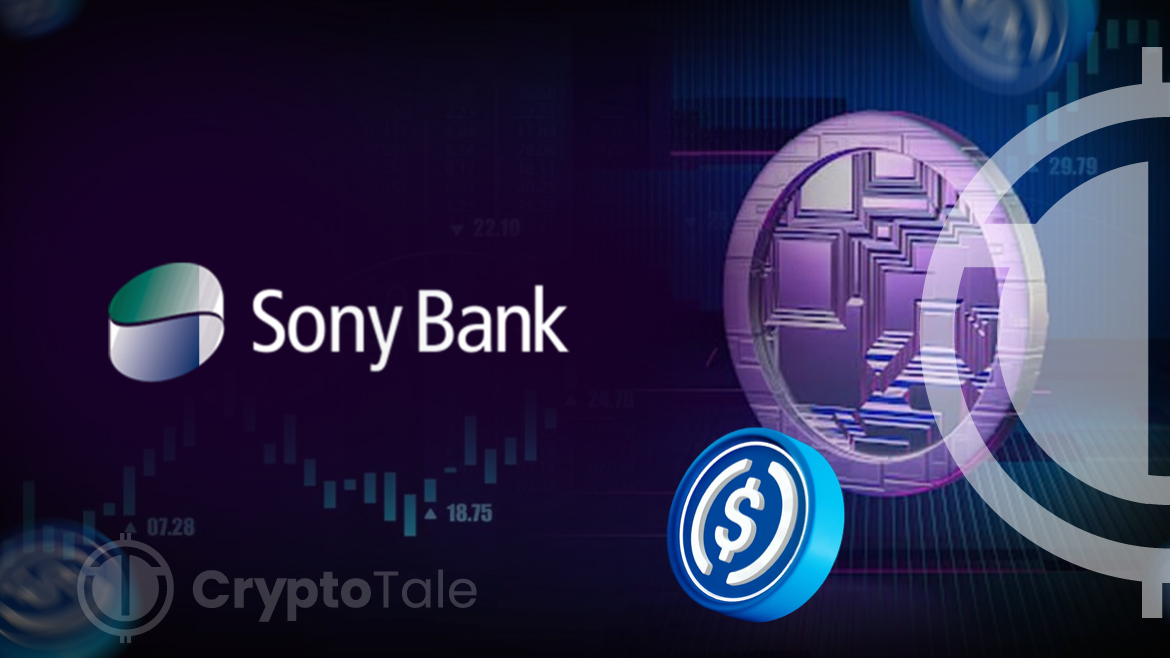- Sony Bank pioneers a stablecoin on Polygon, aiming to slash payment expenses and broaden digital currency use in gaming and entertainment.
- Navigating Japan’s strict regulations, Sony partners with SettleMint for yen-backed stablecoin trials, signaling a deeper foray into Web3 innovations.
- Following TerraUSD’s collapse, Sony spearheads Japan’s push towards secure, fiat-pegged stablecoins, aligning with new regulatory standards for user safety.
In an innovative leap forward, Sony Bank, under the umbrella of the global powerhouse Sony Group, has initiated a groundbreaking proof-of-concept for issuing its very own stablecoin, closely tied to traditional fiat currency. Renowned crypto journalist Colin Wu, through Wu Blockchain, has shed light in a recent X post that this financial maneuver is set to unfold on the cutting-edge Polygon blockchain platform, as detailed in a recent revelation by Nikkei.
According to a recent report, Sony’s bold experiment aims to harness the inherent benefits of stablecoins, notably in slashing the costs associated with payments and remittances. The strategic move is part of Sony’s broader vision to leverage digital currencies to amplify the reach and engagement with its vast intellectual properties spanning the gaming and sports domains.
The focal point of this trial is navigating the maze of legal complexities linked with the transfer of stablecoins backed by the Japanese yen. This exploration is expected to last several months and has been handed over to SettleMint, a blockchain specialist based in Belgium, for execution.
Sony’s foray into the world of stablecoins is just one facet of its aggressive push into Web3 technologies. Recent developments include its video game division lodging a patent for incorporating NFTs, offering gamers unprecedented flexibility with in-game assets. Moreover, in collaboration with Startale Labs, a pivotal figure behind Astar Network, Sony is crafting its bespoke public blockchain network. This project has now transitioned from the drawing board to the implementation stage.
The landscape of stablecoin regulation in Japan underwent a significant transformation last year following the high-profile collapse of TerraUSD. A new regulatory regime was introduced in June, designed to bolster user protection by ensuring stablecoins are pegged to the yen or other fiat currencies and guarantee redemption at face value.
The regulatory overhaul’s aftermath has seen a flurry of activity in Japan’s stablecoin space. Notable ventures include Binance Japan’s partnership with MUFG to explore the potential of fiat-pegged stablecoins and Circle’s collaboration with SBI Holdings to facilitate the circulation of USDC, a leading global stablecoin, in Japan.
Adding to the momentum, Hokkoku Bank recently launched Tochika, Japan’s inaugural bank deposit-backed stablecoin. This pioneering currency will be accepted in selected retail outlets within Suzu City, marking a significant milestone in Japan’s burgeoning stablecoin ecosystem.






